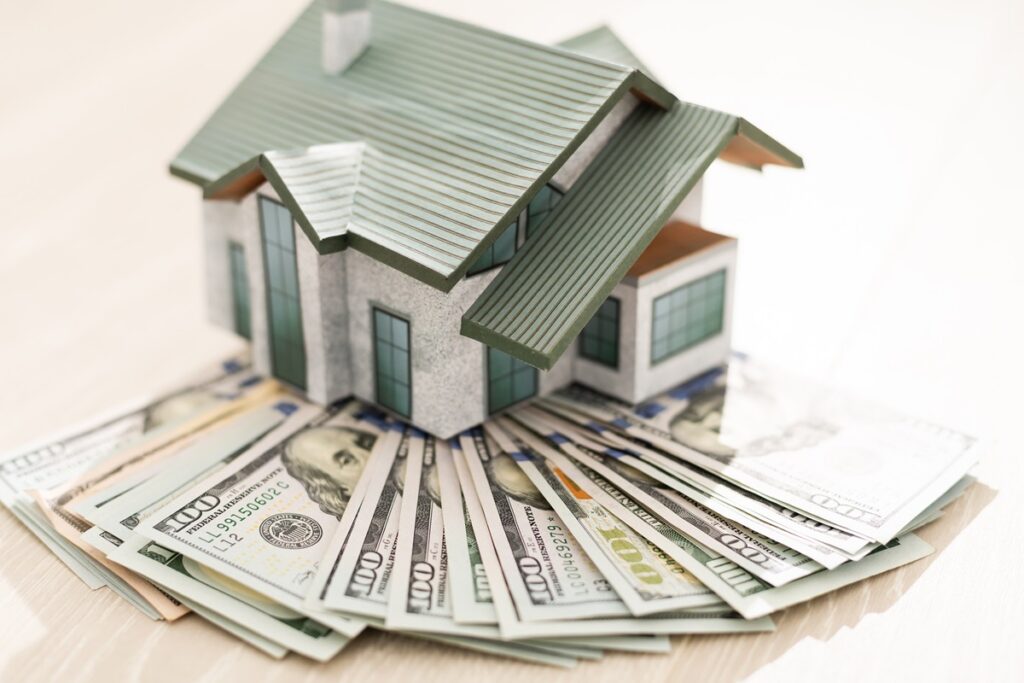The combined net worth of America’s wealthiest 1% grew to a record $49.2 trillion at the end of 2024, while the combined value of nearly 100 million U.S. homes reached $49.7 trillion. This means, per a new report from Redin, that the wealthiest 1% can afford to buy nearly every home in America. (The two numbers are not directly related, but the growth trajectories of home values and the net worth of the top 1% have tracked similar paths over the past 20 years.)
In comparison, the net worth of the bottom 50% grew nearly three times slower over the past two years, rising by 8.5% ($306.3 billion).
Redfin Economics Research Lead Chen Zhao said that even though their assets are more diversified, the wealthiest 1% still own a 13.4% share of real estate in the U.S. And the rise in home values over the past decade has helped drive the similarly rapid growth of their net worth.
“This group is able to watch their real estate assets appreciate without facing mortgage interest payments, as they mainly buy homes with cash,” Zhao said. “It is a striking example of the concentration of wealth in America that the top 1% could hypothetically afford to buy every home in the country—without going into debt—while millions of households struggle to buy or hold onto just one. Asset growth, including real estate, has consistently outpaced wage growth in recent decades, increasing the gap between the top and bottom wealth brackets.”
Real Estate Makes up 12% of the Top 1%’s Wealth
Roughly 1.3 million U.S. households make up America’s wealthiest 1%, which the Fed defines as having a minimum net worth of $11.2 million.
Real estate represents 12.3% ($6.1 trillion) of that net worth. Most of the group’s wealth is tied up in financial assets, which have increased at a similar (or even quicker) pace to real estate over the past two decades.
Conversely, the bottom 50% of U.S. households have a total net worth of $3.9 trillion, with real estate assets making up $1.8 trillion (46.4%) of that amount, showing how much more reliant lower wealth tiers are on real estate as an asset.
And then there’s home mortgage debt, a major difficulty facing the lowest wealth tier. The bottom 50% may own real estate valued at $4.9 trillion, but that tier has a total mortgage debt of $3.1 trillion—equal to almost 75% of their real estate holdings. In comparison, the top 1% hold real estate valued at $6.5 trillion, but only have $411.5 billion in mortgage debt.
Wealthiest 0.1% Could Buy Every Home in America’s 25 Most-Populous Metros
Who do the wealthiest 1% of Americans aspire to? The top 0.1%, those 134,000 U.S. households each with a minimum net worth of $46.3 million.
The combined net worth of the top 0.1% is $22.1 trillion—enough to purchase every home in the 25 most populous metros in America.
And that wealth is growing fast, rising by $4.4 trillion (24.9%) over the past two years, more than the combined net worth of the bottom 50%. That’s enough to buy every home in the Chicago, Atlanta, Boston, and Houston metro areas.
Click here to read Redfin’s full report.






